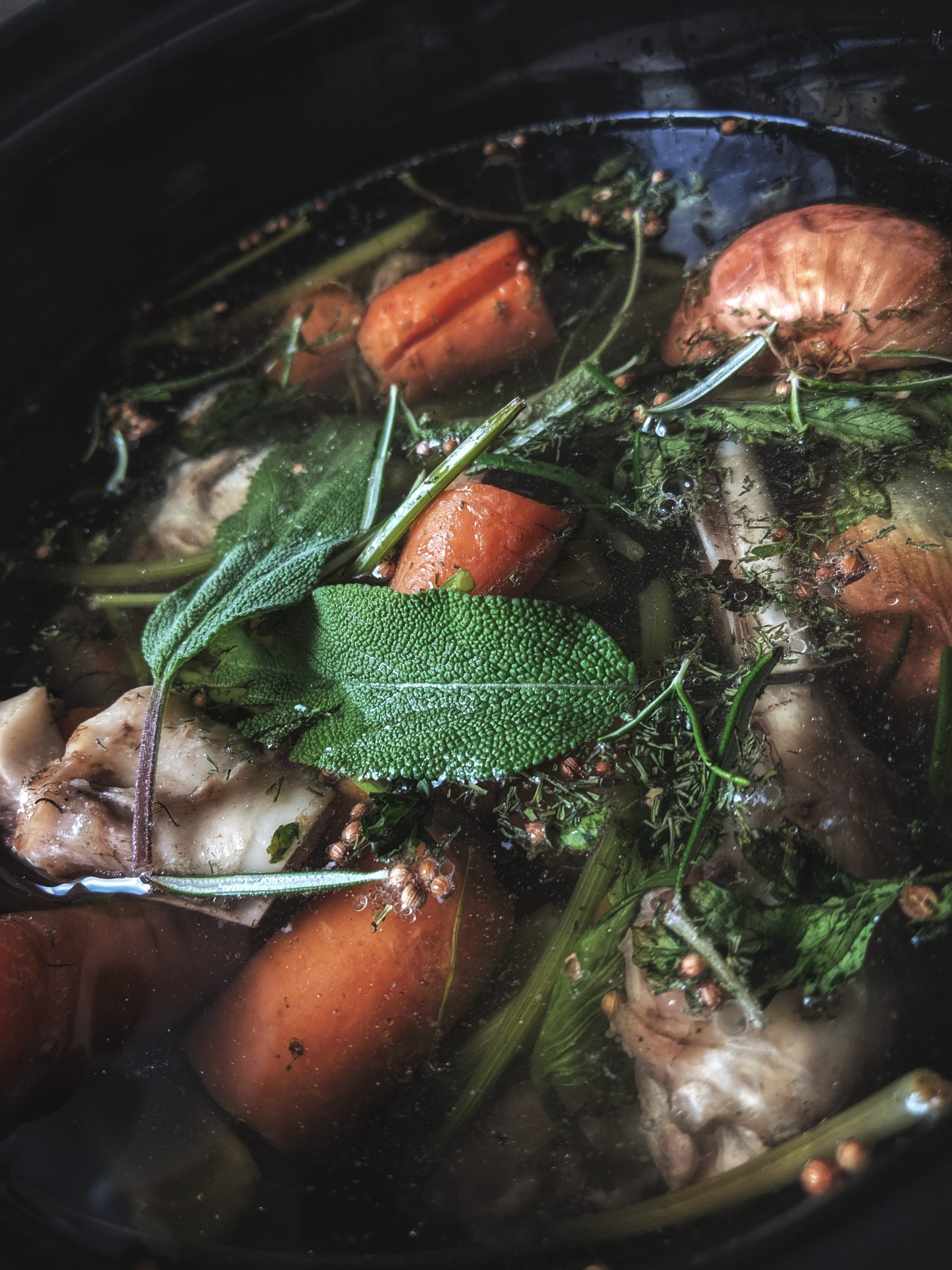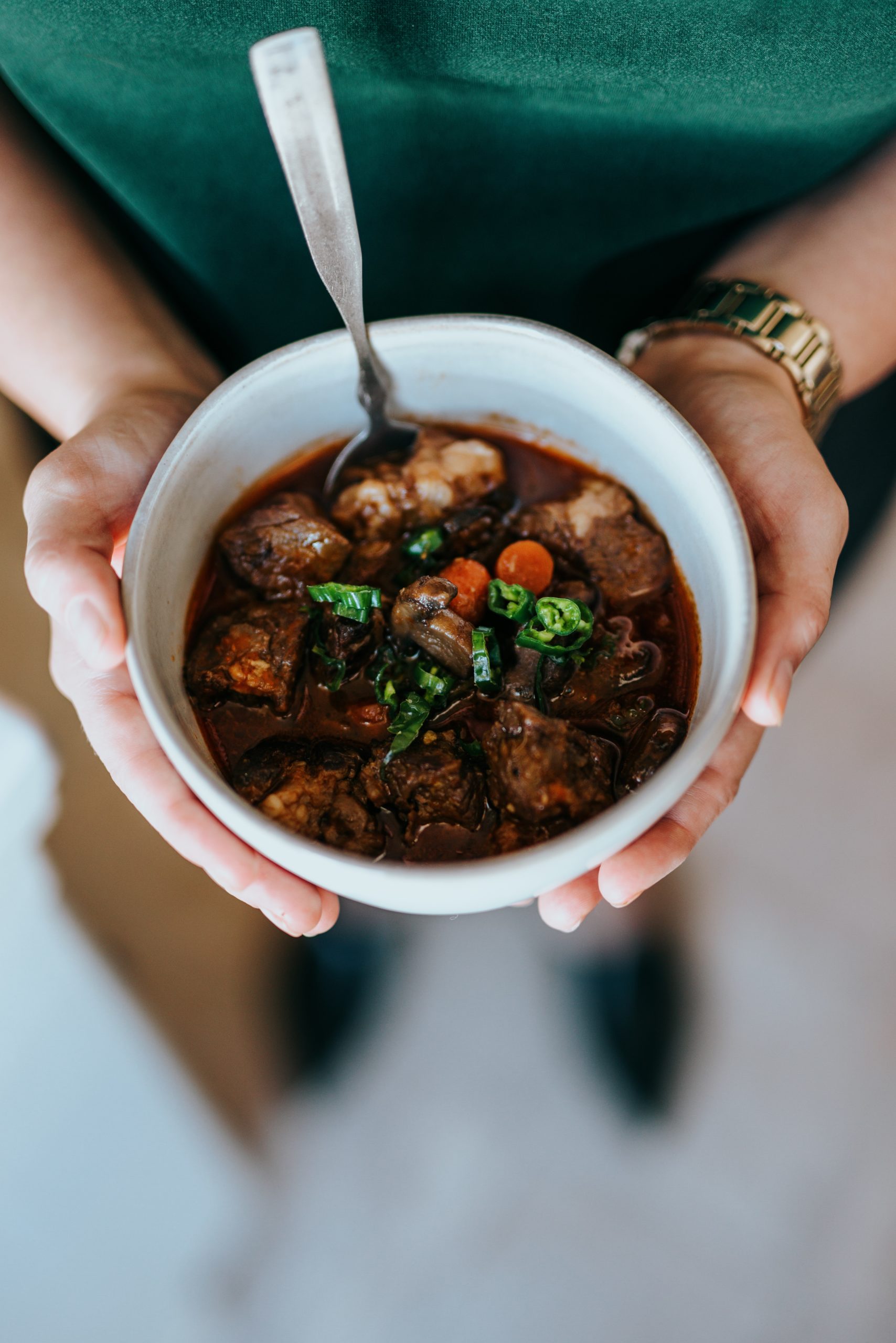Can You Double Crock Pot Recipes?

A crock pot, or slow cooker, is a great kitchen appliance that makes it easy to prepare delicious home-cooked meals. Depending on who you’re cooking for, the serving size of your recipes may need to be adjusted. A smaller family may need only half the recipe, while a larger family might need to double it. So, can you double crock pot recipes? The answer is yes, but there are some factors that need to be taken into consideration.
It’s not easy to double a recipe for a crock pot unless you plan to use two different pots. That’s because slow cookers are designed for specific measurements. While you can get away with adding an extra amount for some ingredients, doubling an entire recipe is not a good idea.
Let’s dive a little deeper.
Do You Double Cook Time When You Double The Recipe?
Logically, if you were to double a recipe it only seems natural to double the cooking time too, right? Especially if you’re cooking a dish with meat. The last thing we’d want is undercooked or raw meat in our final dish. However, you actually don’t need to double the cooking time when you double a recipe. At most you’ll need to increase the cooking time slightly, but there’s no need to double it.
The cooking time will also depend on whether you’re using the crock for baking or cooking. For example, a double batch of cookies or cupcakes will not necessarily need a great deal of added time, as the size of each cookie or cupcake is consistently the same. However, if you were to double a cake recipe, you would need to increase the time by a larger amount due to the increased density of the cake.
There is a greater risk of the cake being undercooked at the center if not enough time is given.
The same rule applies when you cook dishes like lasagna or casseroles in the crockpot as well. If you’re doubling the recipe you will need to increase the time. In order to do this, you would have to monitor the dish as it cooks. Definite times cannot be given because each recipe and crockpot varies.

Do You Double The Liquid In A Slow Cooker?
Instead of doubling the entire recipe, is it possible to double the liquid in a slow cooker? Absolutely not. The liquid does not have the same responsibility in a crockpot as dry ingredients. Therefore, it’s important to understand some key guidelines to help you know which ingredients you can and cannot double.
Doubling Quantities in a Slow Cooker
- Double ingredients like rice and meat. Try to add smaller pieces of meat so that they are fully and evenly cooked.
- Increase the quantity of liquid ingredients by only 50%. For instance, if the recipe requires 1 cup of water, add 1.5 cups when you double the recipe.
- Apply the same rule of increasing liquids to seasoning and herbs too. Doubling these ingredients can ruin the flavors of the dish.
- Set the time more than what the original recipe calls for, but don’t double it. This requires a trial and error approach.
Why Shouldn’t You Double the Liquids?
Doubling the liquids in a recipe will most likely result in the crockpot being more than ¾ full. If the liquid in a recipe surpasses this point, then you risk your food being overcooked. When there is an excess amount of liquid inside, the dish will begin to steam and form condensation under the lid. This excess water will begin to drip back into the crockpot and slowly increase the water level even more. In short, you’ll end up with a soggy and mushy dish because there was too much water that didn’t escape.
You may think the perfect solution is to then remove the lid entirely to let the steam escape. However, this would be a great disservice to your dish as this will only increase your cooking time by 30 minutes, each time you remove the lid. Only remove the lid if the recipe tells you to or if you need to add more ingredients.
It’s recommended to add a lesser quantity of water initially. Once the cooking time is complete, check to see if the dish is fully ready. If not, add more water and continue cooking for another 10 to 20 minutes (or as required).

What To Keep In Mind When Changing A Recipe for Crock-Pot?
Recipes for crock pots are not one size fits all. There are a few factors that should be taken into consideration when trying to use crockpot recipes interchangeably.
Size of the Crockpot
When you find crock pot recipes, make a note of the size of the pot they specify. Crock pots come in various sizes, and the recipes are carefully curated for each one. A change in this combination can lead to disastrous and messy results.
You can also place an oven-safe bowl inside the slow cooker to act as a buffer between the crock pot’s walls and the bowl. This will allow you to reduce the recipe size without the fear of overcooking it.
Cooking Time
Most crock pots have only two settings. You can either cook for less time on high heat or cook longer on low heat. Sadly, there is no in-between or medium heat. Cooking for 2 hours on low is equal to cooking for an hour on high. You can set the slow cooker to high if the recipe doesn’t require slow cooking.
Layering of Ingredients
Depending on the recipe, you should layer the ingredients to ensure each one cooks completely. Thicker ingredients like beef and root vegetables should be placed at the bottom. Softer and lighter ingredients can be placed in the middle or at the top of the crock pot. Remember to thaw frozen meat before adding it to the slow cooker. This will ensure that the meat will be evenly cooked throughout the dish.

So, can you double crock pot recipes by doubling quantities in a slow cooker? Unfortunately, doubling a crock pot recipe comes with a lot of complications. The dish might end up being soggy or undercooked. The best course of action is to follow the guidelines we mentioned earlier and base your results on a trial and error approach. A great tool that will help you track your progress is Morsel. Our family recipe sharing app will allow you to make the necessary adjustments to your recipes after you’ve done the hard work of trial and error.

Aida Solomon is a digital marketing specialist who’s passionate about bringing her creative ideas to life. As an avid homecook, Aida loves to explore the way food has the power of bridging the world together. When she’s offline, she loves to travel through new recipes, and run long distances — paying homage to her Ethiopian roots.
